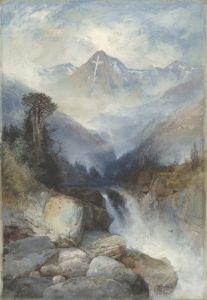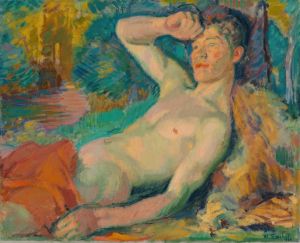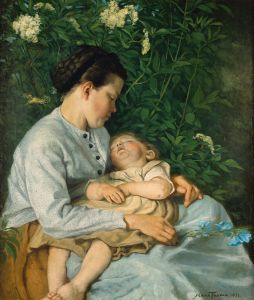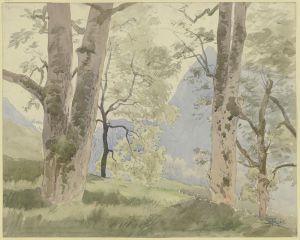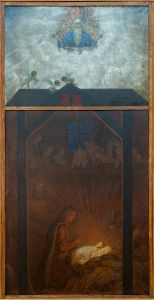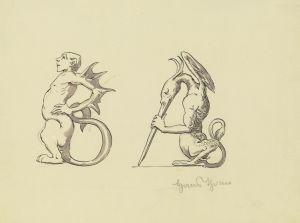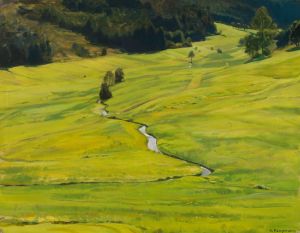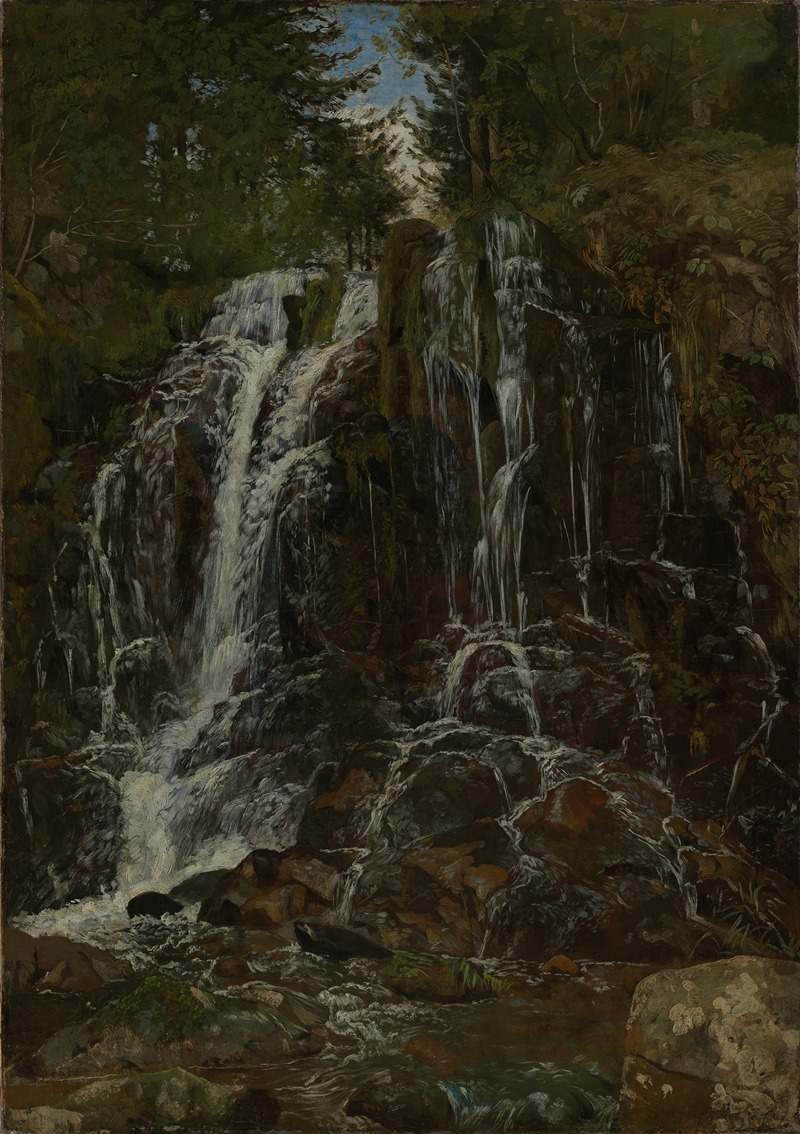
Wasserfall bei St.Blasien
A hand-painted replica of Hans Thoma’s masterpiece Wasserfall bei St.Blasien, meticulously crafted by professional artists to capture the true essence of the original. Each piece is created with museum-quality canvas and rare mineral pigments, carefully painted by experienced artists with delicate brushstrokes and rich, layered colors to perfectly recreate the texture of the original artwork. Unlike machine-printed reproductions, this hand-painted version brings the painting to life, infused with the artist’s emotions and skill in every stroke. Whether for personal collection or home decoration, it instantly elevates the artistic atmosphere of any space.
Hans Thoma's painting Wasserfall bei St. Blasien (translated as "Waterfall near St. Blasien") is a work by the renowned German painter Hans Thoma (1839–1924). Thoma was a prominent figure in 19th-century German art, known for his landscapes, portraits, and genre scenes that often reflected his deep connection to nature and his native Black Forest region.
This particular painting depicts a serene and picturesque waterfall near the town of St. Blasien, located in the Black Forest of southwestern Germany. St. Blasien is known for its natural beauty and its historic abbey, the Dom St. Blasien, which features a striking neoclassical dome. While the painting does not explicitly include the abbey, it captures the essence of the surrounding landscape, emphasizing the lush greenery, flowing water, and tranquil atmosphere characteristic of the region.
Thoma's style in Wasserfall bei St. Blasien reflects his broader artistic approach, which often combined elements of realism and romanticism. His landscapes frequently celebrated the idyllic and unspoiled beauty of nature, and this work is no exception. The painting showcases Thoma's skill in rendering natural elements with meticulous detail, particularly the movement of water and the interplay of light and shadow in the forested setting.
Hans Thoma's art was deeply influenced by his upbringing in the Black Forest, and many of his works draw inspiration from the landscapes and rural life of this area. His connection to the region is evident in the authenticity and affection with which he portrays its scenery. Thoma's works gained recognition during his lifetime, and he eventually became the director of the Karlsruhe Academy of Fine Arts.
The exact date of creation for Wasserfall bei St. Blasien is not widely documented, but it is consistent with Thoma's lifelong focus on landscape painting. The painting is representative of his ability to evoke a sense of peace and harmony through his depictions of nature.
Today, Hans Thoma is celebrated as one of Germany's most significant 19th-century painters, and his works are held in various museums and collections. Wasserfall bei St. Blasien remains a testament to his artistic legacy and his enduring connection to the Black Forest.






